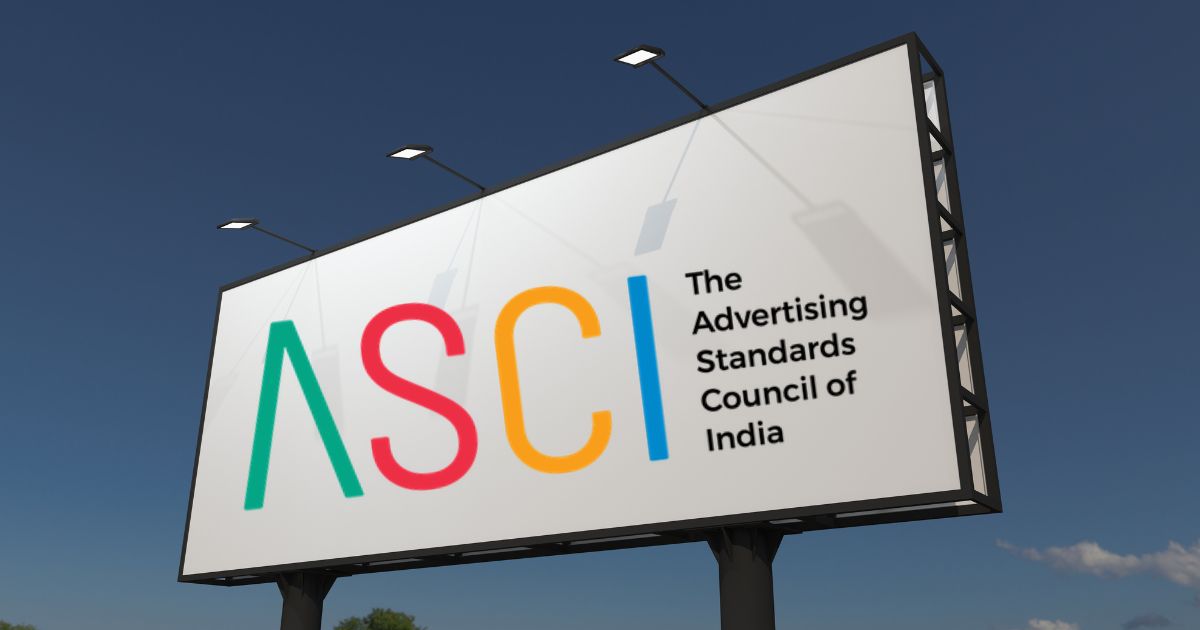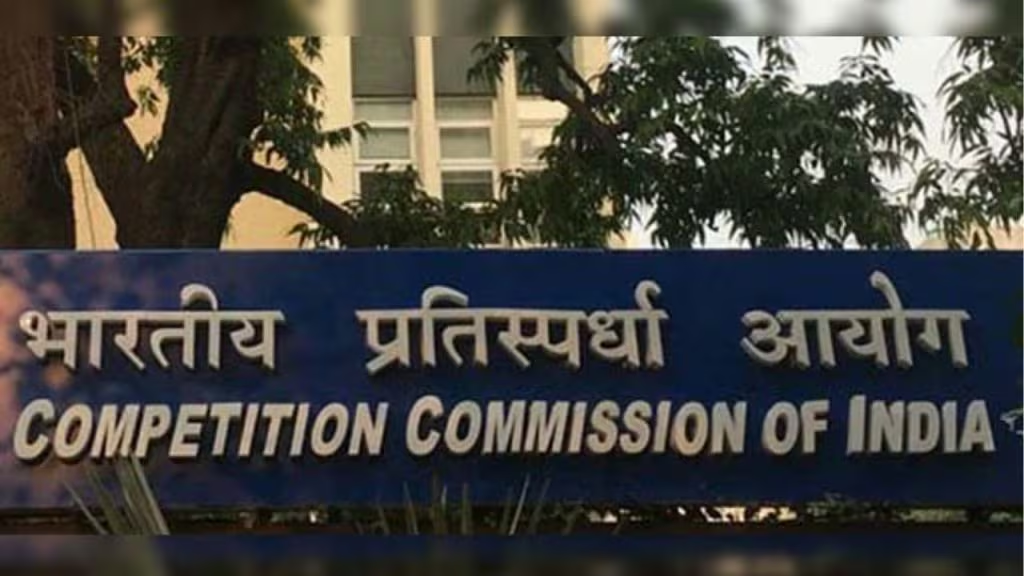In 2021, the Advertising Standards Council of India (ASCI) introduced guidelines for enhanced transparency in influencer marketing. With digital platforms playing a massive role in shaping consumer behaviour and trust perception, these guidelines aim to create clear demarcations between authentic opinions and sponsored content.
Defining Influencers and Material Connections
As defined by the ASCI, an influencer is anyone with the potential to shape purchasing decisions through their knowledge, position, or the audience that they yield. Interestingly, this definition extends to virtual influencers, or computer-generated ‘avatars’, who behave like human influencers. This inclusion is quite important with the immense popularity of ‘VTubers’ and the intense connection that they share with their fanbase.
The guidelines emphasize “material connection”— any monetary (e.g. discount codes or contractual obligations) or non-monetary (e.g. freebies or other perks) benefit or incentive that influences the sway of promotional content. It is vital that these connections be disclosed, making it clear to audiences when they are engaging with organic content and when content includes sponsored advertising.
Mandatory Disclosure Rules
The ASCI guidelines are pivoted on the principle of transparency. Disclosures must be explicit, ensuring that audiences clearly understand when content is promotional. Influencers are required to use standardized terms like “Ad,” “Sponsored,” or “Paid Partnership,” either in English or the language of the advertisement. In fact, most social media platforms have special settings that allow influencers to clearly demarcate sponsored posts from non-sponsored ones.
Placement is equally crucial — it must be upfront and prominent, not hidden in hashtags or at the end of captions. If the content is in the visual format, the disclosure must be superimposed and last long enough for audiences to notice, while live and audio content mandates clear announcements at the beginning and end. Virtual influencers are mandated to clarify that they are not real people.
Financial and Health Influencers: A Separate Focus
Financial and health advice have the strongest consumer impact, warranting more regulatory stringency than other brands of influencers. Quite recently, SEBI took decisive action against Ravindra Balu Bharati, a financial influencer or “finfluencer” found to be misleading investors without disclosing risks. His company, Ravindra Bharti Education Institute (RBEIPL) had amassed approximately ₹9.5 crore through unverified and unauthorised stock recommendations and investment advice.
Similarly, the ASCI has been consistently proceeding against health influencers with misleading advertising. ASCI’s annual report highlighted that 55% of ads in the personal care sector were influencer disclosure violations, underscoring the pervasive nature of non-compliance in influencer marketing. The most recent example is the complaint against Bright Lifecare Private Limited and paid content created for the company by influencer Sourav Singha Rajput. The influencer was found promoting a nutrition supplement without disclosing any material connection with the brand. The Consumer Complaints Council (CCC) found both the company and the influencer to be violative of the ASCI Code and the ASCI Guidelines for Influencer Advertising in Digital Media.
Financial influencers must have formal qualifications or certifications such as a SEBI registration number, IRDAI license, or credentials like CA (Chartered Accountant). They are also required to disclose these qualifications upfront and prominently. Similarly, health influencers must have expertise in their domain — be it medicine, nutrition, or psychology — to offer guidance responsibly. ASCI mandates these disclosures to prevent misleading claims and ensure consumers receive accurate, reliable information.
Impact of ASCI Guidelines
Consider the case of Sugar Cosmetics, a prominent beauty and skincare brand in India, facing scrutiny from ASCI for non-compliance with influencer advertising guidelines. In 2024, the brand collaborated with several influencers to promote a new line of skincare products. However, investigations revealed that some claims made by these influencers lacked scientific backing, and many posts did not include appropriate ad disclaimers. ASCI issued corrective instructions to Sugar Cosmetics, mandating changes to align with transparency standards. In response, the brand got the influencer partners to revise their posts, ensuring compliance with ASCI’s guidelines.
Additionally, ASCI routinely releases a list of influencers and brands that failed to comply with its influencer marketing guidelines. Notably, the 2022 list had celebrities like Ranveer Singh and Jacqueline Fernandez for not including disclosure labels in their promotional posts.
Case Studies
In terms of influencers, India has a unique dilemma – gurus, babas, and self-proclaimed godmen. Beyond the average social media influencer appealing to the affluent upper middle and higher classes, the influence of these godmen is class agnostic. Now armed with the power of social media marketing (above the already present blind faith), products marketed by these gurus have an immensely strong consumer impact.
Take for example Ram Dev Baba – the co-founder and co-owner of Patanjali, an extremely popular organic and ayurvedic lifestyle and pharmaceutical brand. During the height of the Covid pandemic, Patanjali released the Coronil Kit containing Coronil tablets, Swasari Vati, an ayurvedic concoction, and Anu Taila, an oil. Through Baba Ramdev, it was claimed that consistent use of the kit could reverse the effects of all strains of Covid and that “millions of lives have already been saved.” Baba Ramdev stated publicly, in the midst of many prominent politicians, that Coronil takes only 14 days to reverse the effects and that 69% of patients recover a mere 3 days after taking the ‘medication.’
Coronil had apparently passed all rounds of testing and was WHO approved. However, this was a blatant lie with the WHO clarifying that it had not reviewed the efficacy for any remedy for Covid-19 at that time. It was only six months after the release of Coronil that the trials for a vaccine started. Despite this, Patanjali had managed to sell 85 lakh units and make 241 Crores in profit.
The Supreme Court of India intervened after multiple complaints regarding Patanjali’s advertisements. The court noted that the claims made by Patanjali violated provisions under the Drugs and Magic Remedies Act. Despite an initial undertaking from Patanjali to cease such advertisements, they continued to promote misleading information.
In April 2024, post ASCI unearthing that 25 out of 33 relevant Patanjali ads contained false advertising, the Supreme Court suspended the manufacturing licenses for several Patanjali products and mandated that all advertising agencies must submit a self-declaration certificate confirming that their content is not misleading before publication. This ruling emphasized accountability among advertisers and set a precedent for stricter regulations concerning health-related claims in advertisements
Compliance Burden on Marketing Professionals
While the ASCI Influencer Guidelines ensure transparency, they also lead to increased compliance burden for marketing professionals by requiring advertisers to precisely track influencer campaigns and validate claims made in promotions. Marketers may also find it burdensome to train individual influencers on compliance and monitor said compliance across platforms. Non-compliance could invite penalties and reputational damage, thereby elevating the need for checks and balances. The use of digital tools (e.g. compliance management platforms like Kofluence) can address some of these issues by enabling marketers to monitor compliance from a central location, provide a standardized training deck to influencers, and prepare robust contractual deals. They can also partner with third-party agencies that specialize in ensuring compliance in influencer marketing to reduce further risk and avoid liability while also adhering to ASCI standards.
Recommendations for Influencers: Navigating Liability
Navigating compliance requires influencers to adopt best practices while reducing liability risks. Firstly, influencers should negotiate and ensure that contracts with advertisers comply with ASCI guidelines. These contracts should include clauses requiring evidence for promotional claims and indemnity provisions for violations. Secondly, maintaining records of transactions and communications with brands ensures transparency in case of disputes. Additionally, influencers should regularly update their knowledge of evolving industry standards. Collaborating with legal and advertising professionals for periodic audits can further strengthen compliance efforts. By adhering to these recommendations, influencers can safeguard their reputation while complying with industry standards.
Conclusion
ASCI’s influencer guidelines mark a crucial shift toward ethical and transparent digital advertising. By requiring clear disclosures and qualifications, these rules protect consumers, enhance trust, and promote accountability among influencers and advertisers. As the digital landscape continues to evolve, adhering to these regulations will prove instrumental in fostering a responsible advertising culture. Through due diligence, transparency, and proactive measures, influencers can navigate these guidelines effectively, ensuring lasting relationships with their audiences.



